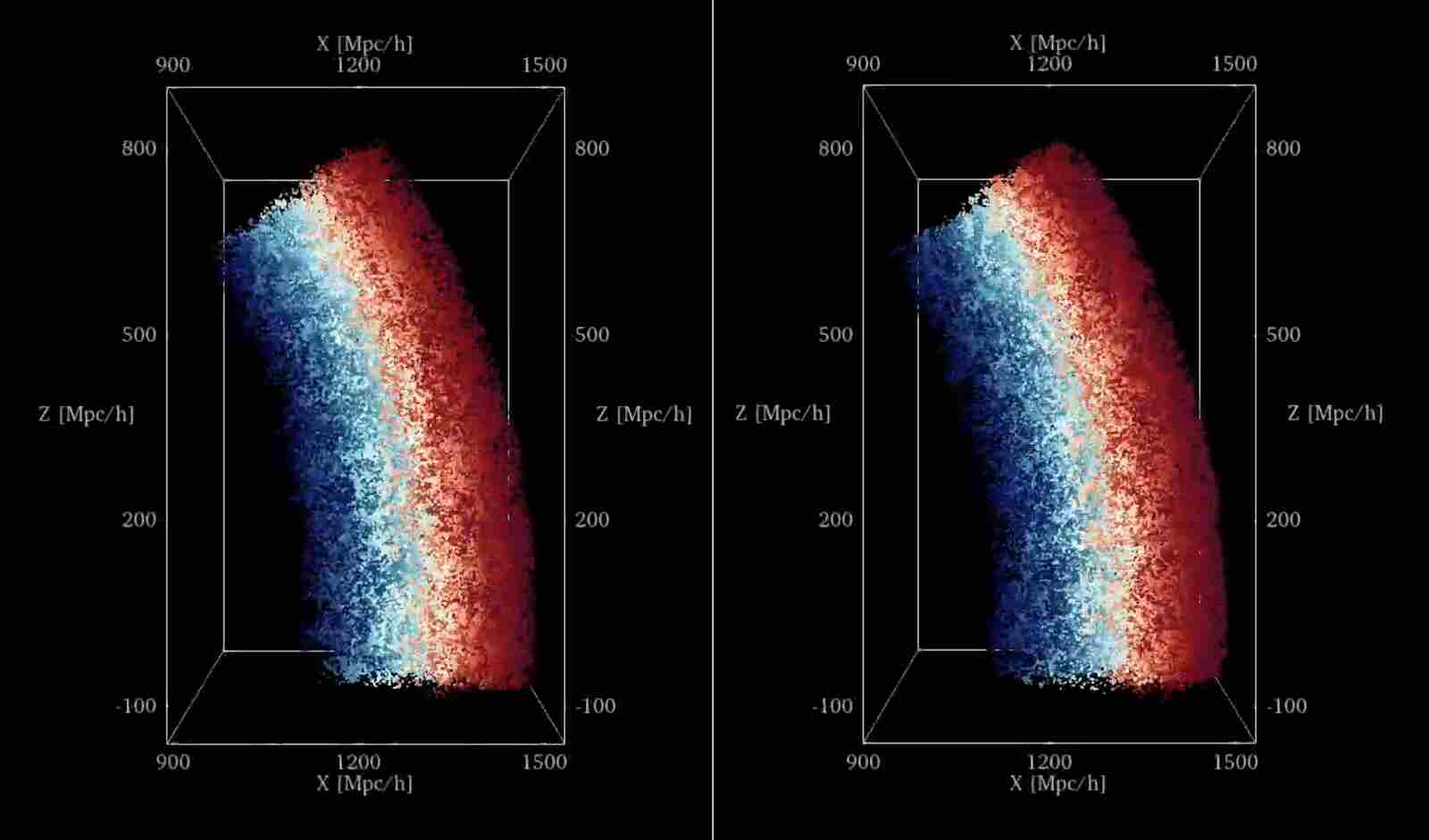THE LATEST
Astrophysicists use AI to calculate the universe's 'settings'

In a recent announcement, astrophysicists claimed to have made a breakthrough in their ability to precisely calculate crucial parameters that form the backbone of the standard model of cosmology, by using artificial intelligence (AI). They asserted that these estimations are significantly more accurate compared to traditional approaches, highlighting the potential of machine learning to reshape our understanding of the universe.
According to the researchers from the Flatiron Institute and their collaborators, their innovative method, known as Simulation-Based Inference of Galaxies (SimBIG), has allowed them to extract detailed information from the distribution of galaxies, leading to precise estimations of five key cosmological parameters. The claims made by the team were published in a recent study in Nature Astronomy, emphasizing the importance of their findings in shedding light on fundamental aspects of the cosmos.
One of the key proponents of this method, ChangHoon Hahn, emphasized the potential of AI in unlocking intricate details that were previously inaccessible. By training their AI model on simulated universes representing different parameter values and utilizing realistic galaxy survey data, the researchers purportedly achieved remarkable accuracy in their parameter estimations. However, while the team lauded the benefits of their approach, skepticism remains among some experts in the field.
Critics argue that the extent of precision achieved through AI-powered calculations raises questions about the potential biases and assumptions embedded in the model. The reliance on simulated universes and the subsequent inference drawn from real galaxy observations has sparked concerns about the robustness and generalizability of the results. Some experts caution that the AI model may have inadvertently "learned" patterns within the training data that do not accurately reflect the true nature of the universe's parameters.
Moreover, the ambitious claims made by the researchers about the implications of their work, such as its potential to resolve the Hubble tension, have drawn scrutiny from the broader scientific community. The discrepancy in estimates of the Hubble constant, a fundamental metric in cosmology, has been a long-standing enigma that requires meticulous and unbiased analysis. Critics argue that while the AI-enhanced approach shows promise, it is crucial to approach such complex cosmological questions with a healthy dose of skepticism.
Using AI to predict and analyze intricate cosmological parameters undoubtedly sparks intrigue and excitement within the scientific community. However, given the profound implications of accurately determining the "settings" of the universe, it is imperative to approach such advancements with a critical lens. The potential biases, limitations, and uncertainties associated with machine learning algorithms in the realm of astrophysics warrant further scrutiny and validation.
As the debate around the use of AI in cosmological research continues to evolve, it remains essential for scientists to engage in rigorous testing, validation, and open discussions to ensure that the insights gained from these cutting-edge methodologies truly reflect the intricate workings of our universe.
The claims made by astrophysicists regarding the precision and implications of their AI-driven calculations certainly raise eyebrows among skeptics, signaling a broader dialogue on the role of machine learning in shaping our understanding of the cosmos.
